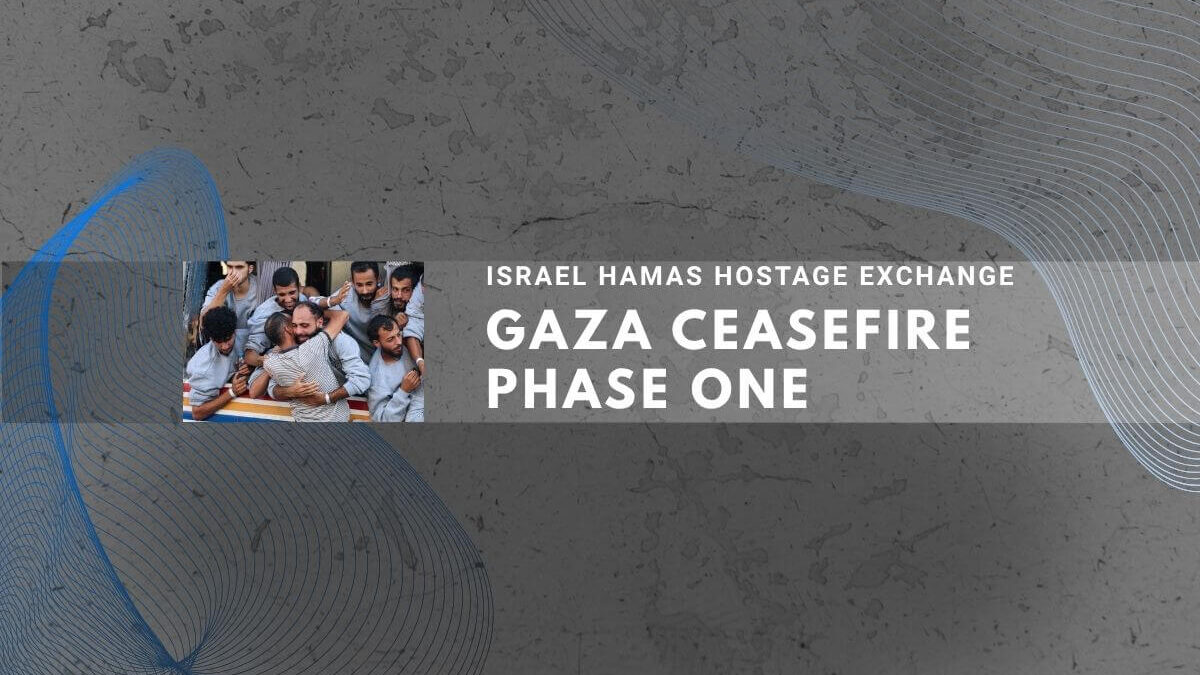Israeli Prime Minister Benjamin Netanyahu’s cabinet approved the first phase of President Donald Trump’s Gaza peace plan on October 9, 2025. The decision establishes an immediate ceasefire and a hostage-for-prisoner exchange.
Hostage and Prisoner Exchange
All 20 living Israeli hostages and 28 bodies will be released within 72 hours of the ceasefire taking effect in exchange for nearly 2,000 Palestinian detainees, including individuals serving life sentences. Safe corridors will facilitate the swap.[1][2]
Israeli Military Redeployment
Following the hostage release, Israeli forces will withdraw to agreed positions, retaining control over approximately 53 percent of Gaza. Troop pullback must conclude before the 72-hour countdown begins.[3][4]
Humanitarian Aid Delivery
The framework mandates at least 400 aid trucks per day entering Gaza, with volumes increasing over time. United Nations agencies and non-governmental organizations will coordinate shipments through Egyptian and Israeli checkpoints to ensure consistent delivery of food, water and medicine.[3]
Casualties and Impact
Since October 7, 2023, Gaza’s Health Ministry reports more than 67,000 Palestinian fatalities and 169,000 injuries. The Israeli military confirms 466 service members killed in Gaza operations. Intense fighting has displaced hundreds of thousands and damaged critical infrastructure.[5][6]
Timeline and Religious Calendar
The cabinet vote on October 9 triggered the ceasefire immediately. Hostage releases will occur within three days. Netanyahu expressed hope to announce full release progress during Sukkot, which began October 6, 2025.[7][8]
Future Phases and Governance
Subsequent phases will address Hamas disarmament and Gaza’s transitional administration. Trump’s 20-point plan proposes an interim technocratic authority overseen by an international Board of Peace chaired by the United States and including other global leaders.[9]
Regional and International Response
Egypt and Qatar, which mediated talks in Sharm el-Sheikh, welcomed Hamas’s acceptance of the framework. The European Union and United Nations described the agreement as a critical step toward lasting peace.
Remaining Challenges
Hamas’s commitment to disarm remains untested. Hard-line members of Netanyahu’s coalition oppose further concessions. Reconstruction financing and long-term political arrangements will require extensive diplomacy.



